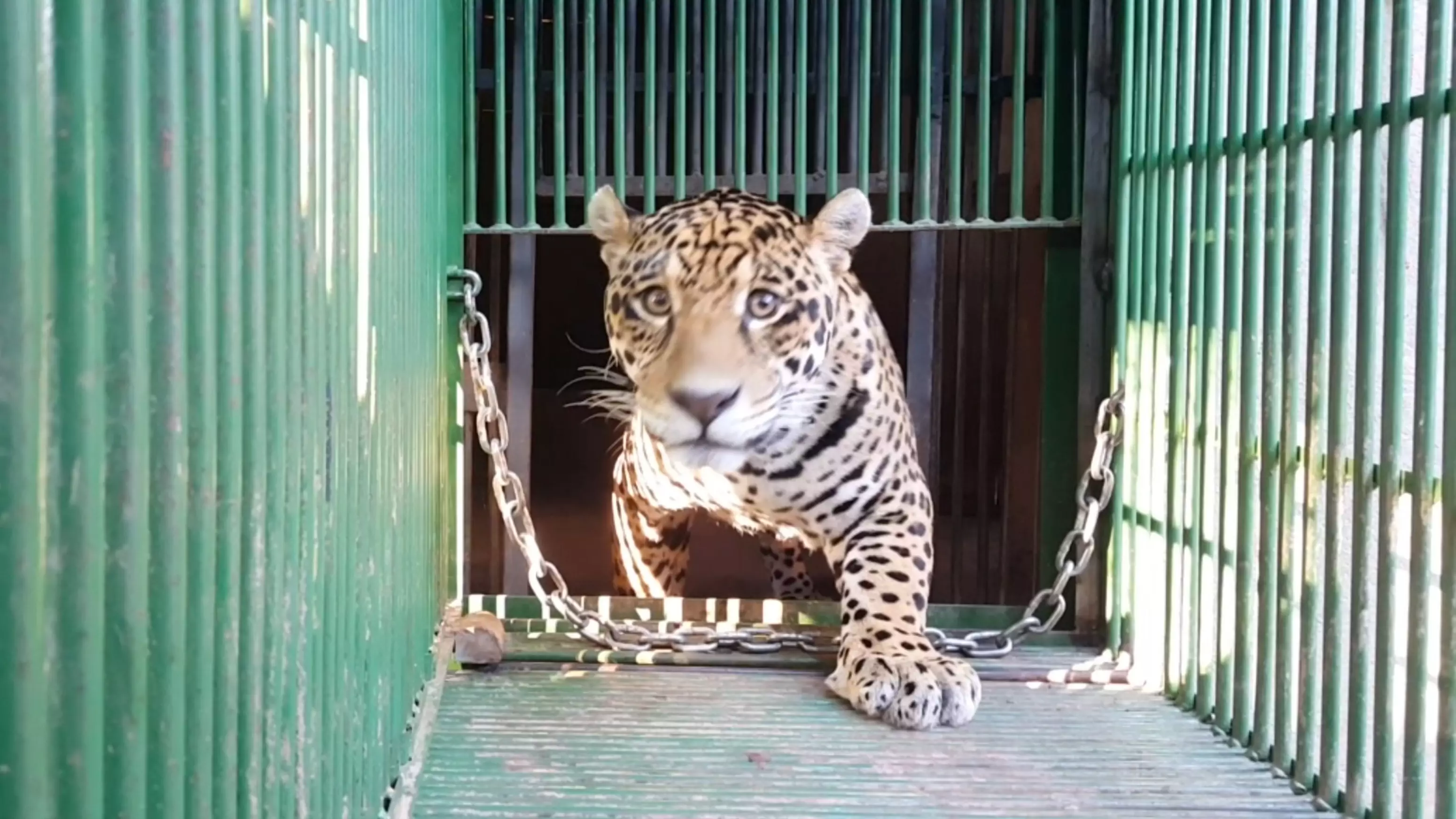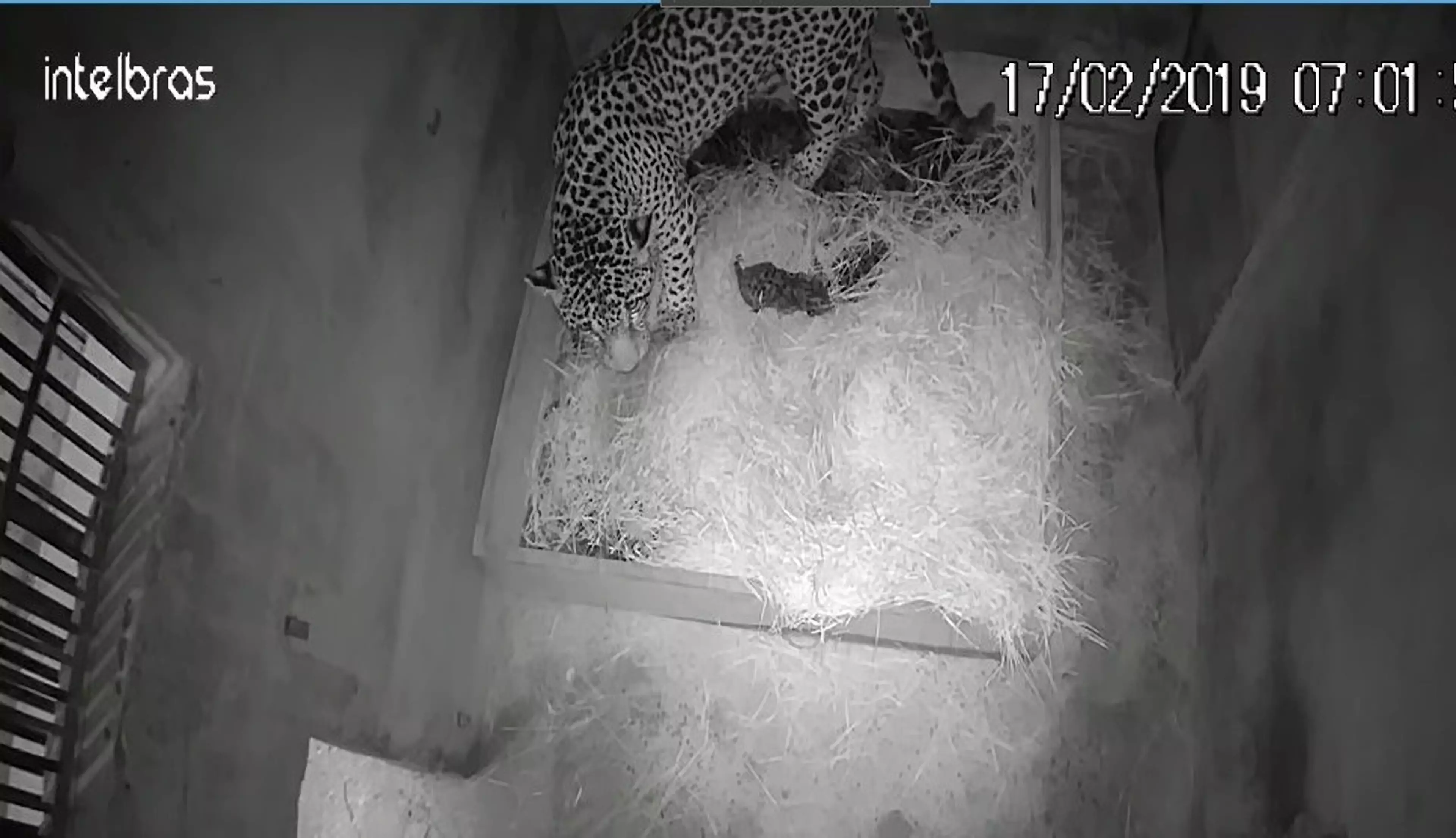
It's amazing the difference a couple of days can make. On 16 February, scientists were hailing a world first, after welcoming a jaguar cub born via artificial insemination. But just two days later, the cub had been eaten by her mother.
The story is all the more tragic when you consider that the artificial insemination was only carried out in a bid to bolster the rapidly diminishing numbers of the species.
The female cub was born in a healthy condition, 104 days after her mum, Bianca, was artificially inseminated by Mata Ciliar, an environmental organisation based in Jundiaí, Sao Paulo, Brazil. CCTV footage showed the cub snuggling up to Bianca and feeding shortly afterwards, however, two days later she had been eaten.
Advert
Samuel Nunes, a spokesman for Mata Ciliar, said it was unclear whether or not Bianca had killed her cub.
He said: "Unfortunately after two days the cub died. We don't know why and cannot say if it was killed by the mother because it was not seen on the monitors on the second day.
"Bianca was a first time mother and this may have influenced the outcome of the event. The veterinary team could not conduct a necropsy because the baby had already been eaten."

Advert
Despite the devastatingly premature demise of the cub, scientists are taking away the positives from this breakthrough birth.
Dr Bill Swanson, a researcher at the Centre for Conservation and Research of Endangered Wildlife (CREW), who developed the laparoscopic artificial insemination technology used to impregnate Bianca, said it was 'an important historical landmark'.
He said: "The jaguar is the last of the seven species of large-sized felines to undergo artificial insemination.
"The birth of this cub is an important historical landmark. It invigorates the possibility of the use of assisted reproduction as a management tool that increases the genetic variability of captive and wild populations and the conservation of these endangered iconic cats."
Advert
Bianca was one of five female jaguars chosen to be inseminated on account of their good health, age, suitability for reproduction and 'favourable behaviour', but Bianca was the first to yield a positive result.
Due to poaching and habitat loss, the jaguar population has dwindled dramatically throughout its natural environment which stretches from southwestern United States, through Brazil and into Argentina, with 90 per cent of all wild jaguars residing in the Amazon.
Featured Image Credit: Mata Ciliar/FocusOn News